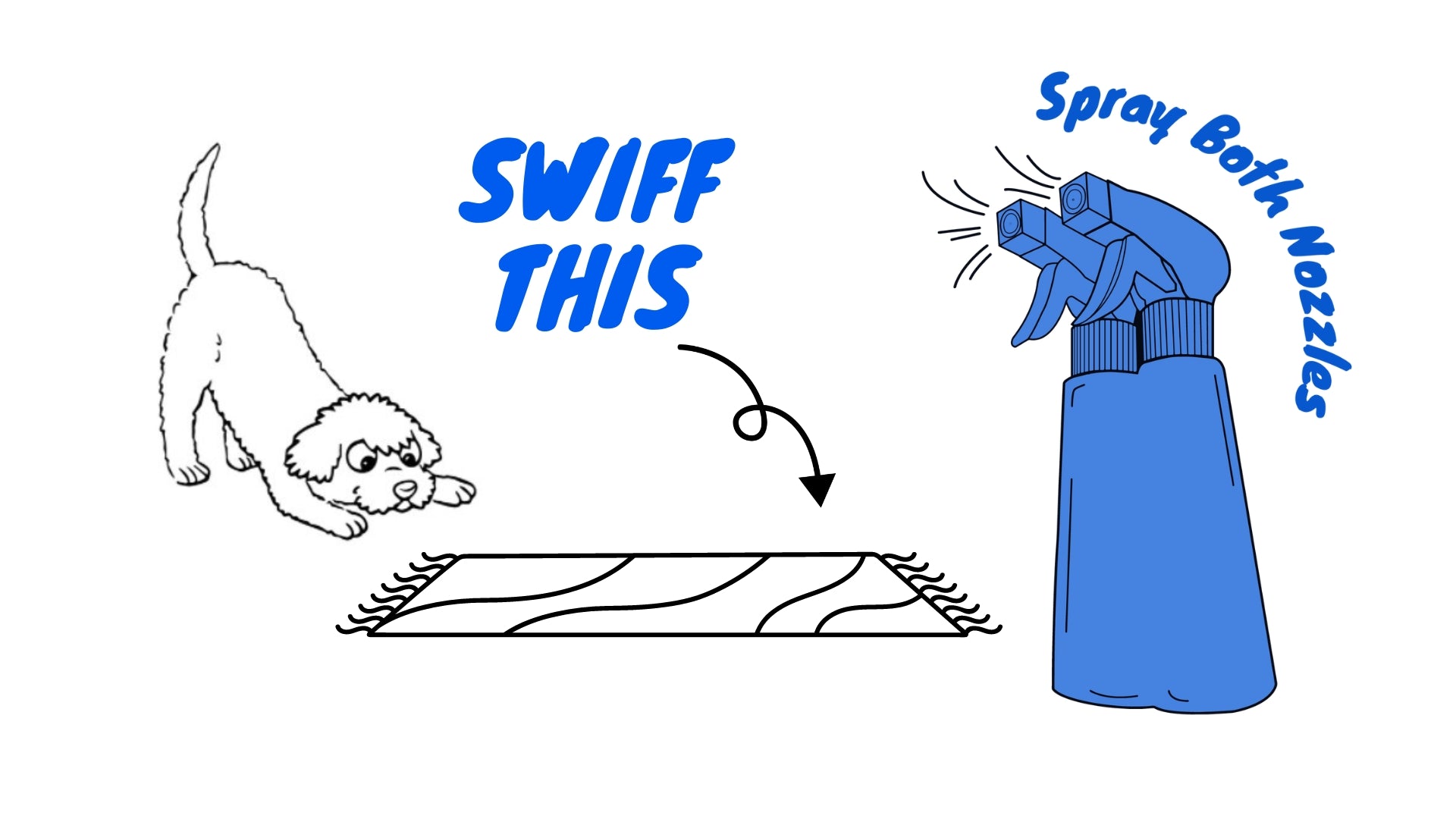
Dealing with the aftermath of a dog poo and diarrhea can be a frustrating and challenging for any pet owner. The lingering odor and potential damage to carpets, upholstery, floors, and pet beds can leave us searching for effective cleaning solutions, especially because the stains are just the tip of the iceburg. The terrible lingering smell is the worst part. In this blog post, we will dive into the various options available for cleaning these messes, their limitations, and how innovative solutions and protective measures can help tackle this common problem.
Understanding the Challenge:
Before we delve into the solutions, it's important to understand the source of the issue. The strong, lingering odor associated with pet feces and urine is primarily caused by the presence of bacteria. These odor-causing microbes thrive in warm, damp environments and release volatile compounds that create the unpleasant smell we associate with pet accidents.
Common Cleaning Solutions and Their Limitations:
- Steam Cleaning: While steam cleaning is an effective method for removing stains and dirt, it doesn't always eliminate odor-causing bacteria. Steam's high temperatures can help sanitize surfaces, but it might not completely eradicate the bacteria responsible for the odor as it often doesn't penetrate deep enough into fabrics, and isn't present for long enough to actually kill the nasty microbes stinking up the place.
- Bleach: Bleach is a powerful disinfectant, but it comes with its own set of limitations. It can be toxic to pets, humans, and can damage carpets and upholstery. Additionally, bleach may not effectively remove the odor, if its not applied in the proper way. Always use precautions and ventilation when using bleach or other toxic household chemicals.
- Air Fresheners: Air fresheners only mask the odor temporarily and do not address the underlying cause. Moreover, many commercial air fresheners contain chemicals that may not be safe for pets and humans to inhale. Generally, you are better doing nothing than using air fresheners or fabric fresheners.
- Activated Charcoal and Baking Soda: While both of these substances can absorb odors, they do not address the root cause of the issue. They may help reduce the smell temporarily, but they won't eliminate the bacteria causing the odor. Consider using them for temporary relief while sorting out a proper cleaning regimen.
Innovative Solutions and Protective Measures:
- Silver-based solutions: Silver-based solutions like SWIFF spray offer a promising alternative. Silver has antibacterial properties that can help eliminate the odor-causing microbes. Additionally, these solutions can be safe for both pets and humans when used as directed.
- Protective Solutions: SWIFF spray can also act as a protective barrier, preventing bacteria from adhering to surfaces and killing any present or future bacteria, thereby reducing the chances of future odor issues. Applying such a solution after cleaning can help maintain a clean and fresh environment.
Cleaning up after pet accidents is a challenging task, but understanding the root cause of the odor and exploring effective solutions is essential. Traditional methods like steam cleaning, bleach, and air fresheners may have limitations, as they often fail to target the bacteria responsible for the smell. Innovative solutions like SWIFF spray, with its silver-based antimicrobial technology, show promise in effectively eliminating odor-causing microbes and providing a protective barrier against future issues. As responsible pet owners, it's important to prioritize both the cleanliness and the health of our homes, using safe and effective solutions to tackle this common challenge.




